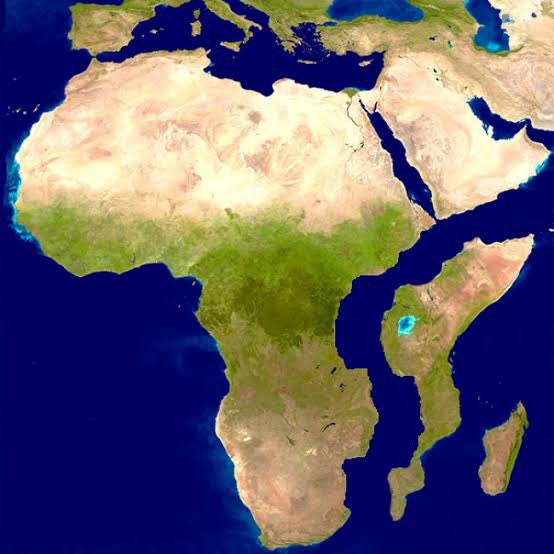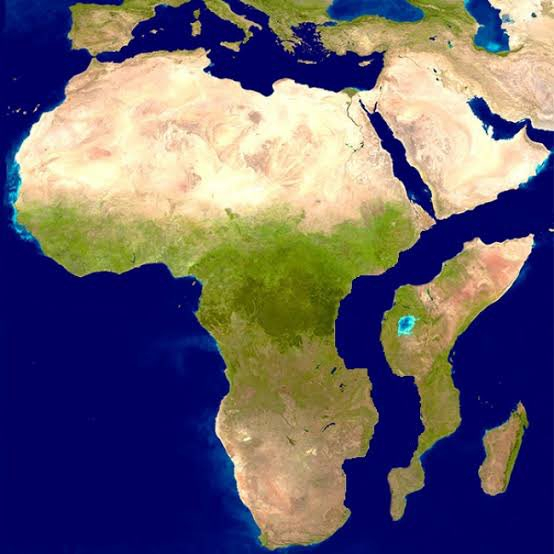[ad_1]
Amid the vast expanse of Earth’s oceans, geologists have sparked discussions over the potential emergence of a sixth ocean from the depths of Africa. The African continent, known for its intricate geological makeup, finds itself at the forefront of a rare phenomenon that could reshape the planet’s geography.

Located within the Horn of Africa, the Afar Triangle serves as a geological hotspot, where the convergence of the Nubian, Somali, and Arabian plates sets the stage for monumental tectonic shifts.
Since 2005, when a 35-mile-long rift cracked open the Ethiopian desert, global attention has been drawn to the gradual separation of the African continent. This rift signifies the significant forces already in motion beneath the Earth’s surface as tectonic plates slowly drift apart.
Reports from geologists suggest that within the next 5 to 10 million years, Africa could undergo a division, potentially giving rise to a new ocean basin. This transformation could witness the inundation of the Afar region by the Red Sea and the Gulf of Aden, leading to the formation of a distinct continent in East Africa.
The formation of a new ocean typically occurs through the process of plate tectonics. Earth’s outer shell consists of several large, rigid plates that float on the semi-fluid asthenosphere below. When two tectonic plates move away from each other, a gap or rift is created between them. Magma from the mantle then rises to fill the gap, cooling and solidifying to form new crust along the boundary.
As more magma rises and solidifies, the oceanic crust continues to expand outward from the mid-ocean ridge, pushing the existing oceanic crust away. Over time, this process widens the gap between the diverging plates, eventually leading to the formation of a new ocean basin.
[ad_2]
Source link




